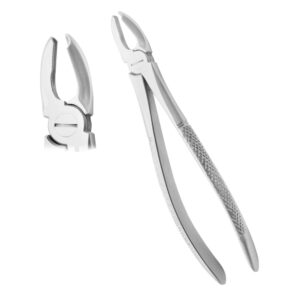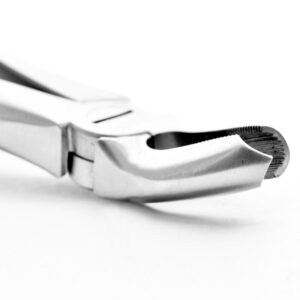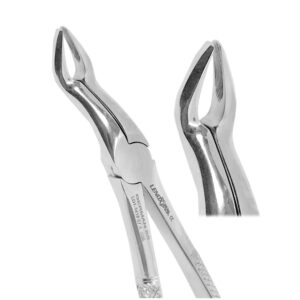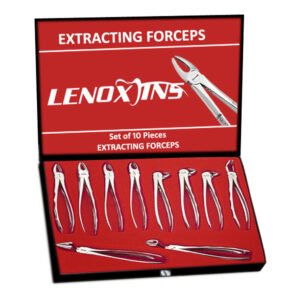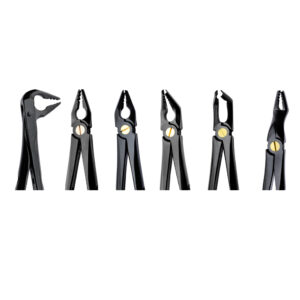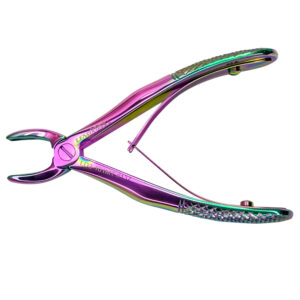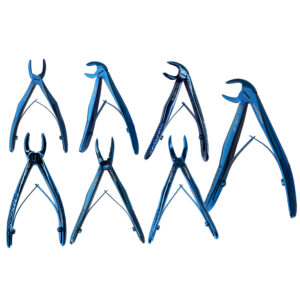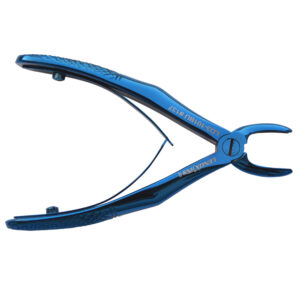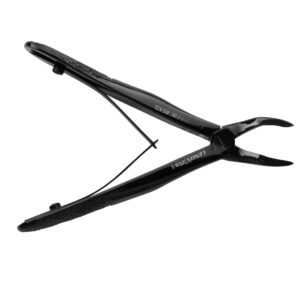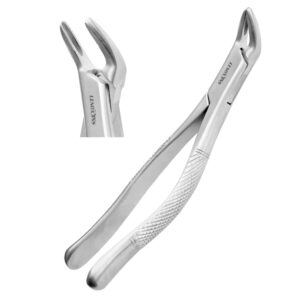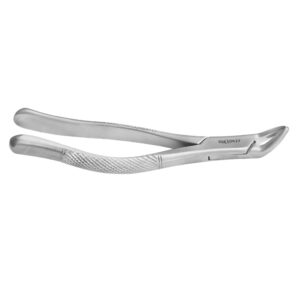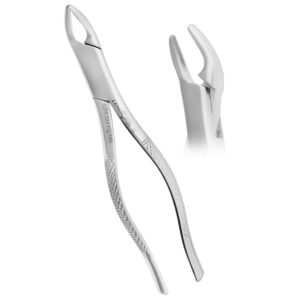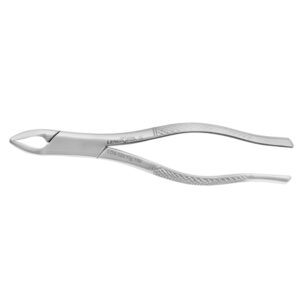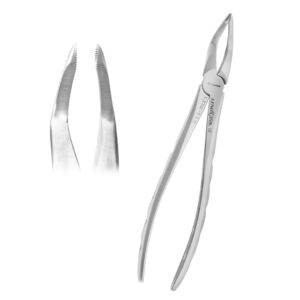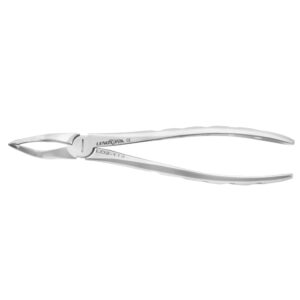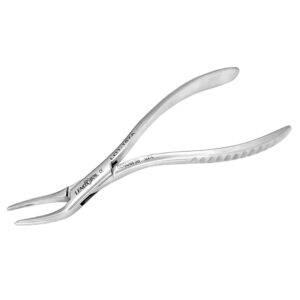Selecting the Best Rongeurs for Wisdom Teeth Surgery
- Posted October 29, 2024
- by lenoxinstro
Selecting the right dental rongeurs is crucial for effectively removing impacted wisdom teeth. Many practitioners underestimate the importance of this surgical instrument, leading to complications and extended recovery times for patients. This article will explore the key factors in selecting dental rongeurs, the different types available, and best practices for their use. By understanding these elements, dental professionals can enhance their effectiveness in surgery and improve patient outcomes. Engaging with this content will help address common challenges faced during wisdom teeth removal, ensuring a smoother dental procedure.
Key Takeaways
- Dental rongeurs enhance precision and control during wisdom teeth removal procedures
- The choice of materials impacts the durability and effectiveness of dental rongeurs
- Ergonomic design in rongeurs promotes surgeon comfort and reduces fatigue
- Regular maintenance and sterilization are essential for patient safety and instrument longevity
- Selecting the right type of rongeur can improve outcomes in complex extractions
Understanding the Role of Dental Rongeurs in Wisdom Teeth Removal

Dental rongeurs are specialized dental instruments designed to remove bone or tissue during procedures like wisdom teeth extraction. Their role becomes critical, especially when dealing with impacted teeth, as they create access points and help manage any wound effectively. In comparison to pliers and gauze, rongeurs offer a more precise, controlled method for extraction, enhancing the overall efficiency of the procedure.
Defining Dental Rongeurs and Their Function
Dental rongeurs are essential instruments in the field of oral surgery, particularly for procedures involving the removal of wisdom teeth. These specialized tools enhance accessibility to challenging areas in the mouth, such as the maxilla, by effectively manipulating and removing bone or tissue. By utilizing rongeurs, dental professionals can improve pain management during surgery, ensuring that oral hygiene is maintained throughout the extraction process and optimizing recovery for patients.
Importance of Rongeurs in Extracting Impacted Teeth
The significance of dental rongeurs in the extraction of impacted teeth is undoubted, particularly in enhancing visibility and managing tissue effectively during procedures. Constructed from high-quality stainless steel, these instruments not only ensure durability but also promote patient safety through precise manipulation of structures within the mandible. In a clinical setting, using rongeurs can greatly streamline the surgical process, allowing practitioners to carefully navigate complex dental anatomy and ultimately improve outcomes for patients.
| Instrument | Material | Benefit |
|---|---|---|
| Dental Rongeurs | Stainless Steel | Enhanced Visibility and Patient Safety |
Comparing Rongeurs to Other Extraction Tools
Dental rongeurs are often compared to other extraction tools like chisels and pliers, each serving specific purposes during wisdom teeth removal. While chisels may help in breaking down bone or tooth structure, rongeurs excel in precisely removing smaller tissue or bone fragments, allowing for better control and visibility in a confined jaw area. This distinction illustrates why selecting the right dental rongeur is crucial for professionals aiming for efficient molar extraction with minimal patient discomfort.
| Instrument | Function | Advantage |
|---|---|---|
| Dental Rongeur | Tissue and bone removal | Precise control and visibility |
| Chisel | Breaking down hard structures | Effective for larger pieces |
| Pliers | General extraction | Useful for gripping teeth |
Choosing the right dental rongeurs is as vital as the procedure itself. The next section will reveal key factors that guide this important selection.
Key Factors in Selecting Dental Rongeurs
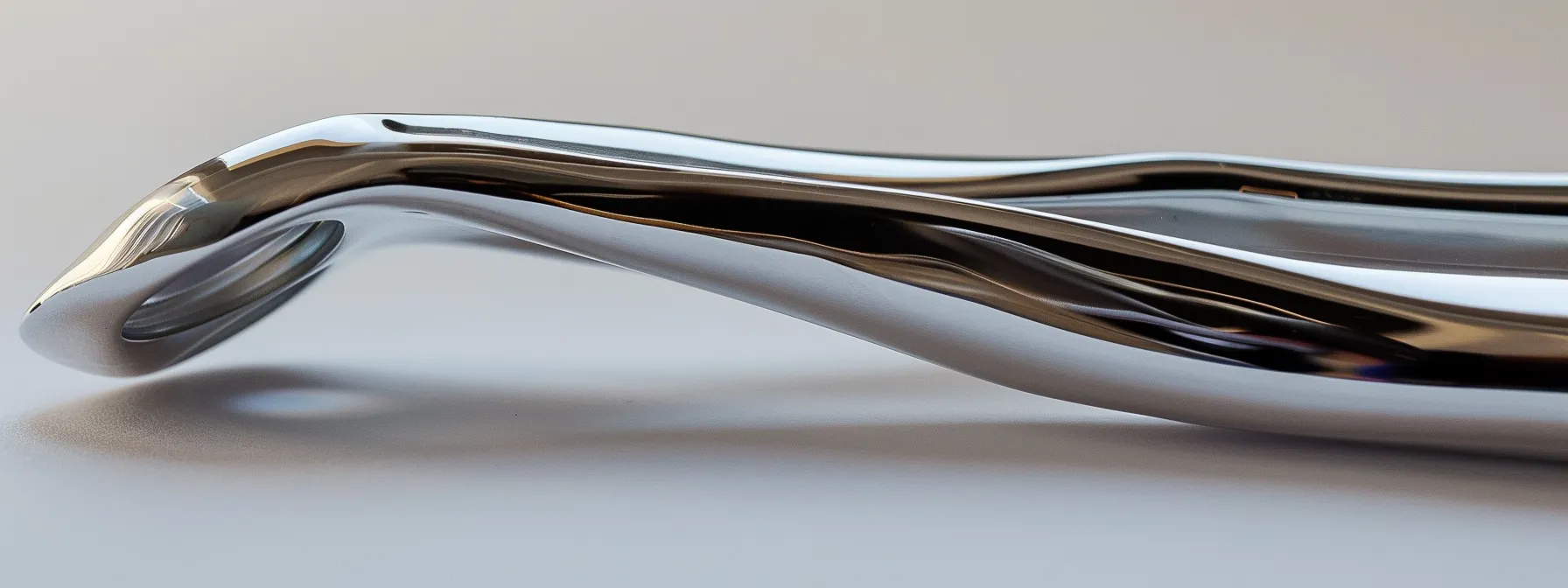
Selecting the right dental rongeurs for wisdom teeth removal involves several key factors. Material composition and durability are crucial for minimizing infection risk during procedures. An ergonomic design enhances comfort for the surgeon, while precision and cutting efficiency ensure minimal damage to surrounding structures, such as the nerve and periosteum. Additionally, sterilization and maintenance considerations are vital for safe usage with local anesthetic and ensuring long-term reliability.
Material Composition and Durability
Material composition plays a crucial role in the selection of dental rongeurs, especially for effective wisdom tooth removal. Instruments made from high-quality stainless steel offer the durability needed to withstand the pressures encountered during surgery, reducing the risk of breakage and ensuring precise manipulation of tissues in the dental alveolus. Moreover, rongeurs designed with a firm grip can help manage bleeding and minimize trauma when performing bone grafting, ultimately enhancing patient safety and recovery outcomes.
Ergonomic Design for Surgeon Comfort
The ergonomic design of dental rongeurs significantly impacts surgeon comfort during wisdom teeth removal. Instruments that feature a well-contoured handle allow the surgeon to maintain a secure grip while minimizing stress on the hands and wrists. This design becomes crucial during lengthy procedures, as it helps reduce fatigue and enhances precision when navigating around delicate areas like the gums. For effective tissue manipulation and to manage medication and cotton used during surgery, rongeurs with a thoughtfully designed beak facilitate better access and control, ultimately improving patient outcomes. dental rongeurs
Precision and Cutting Efficiency
The precision and cutting efficiency of dental rongeurs are critical when selecting instruments for wisdom teeth removal. Unlike other tools such as elevators or scalpels, which may be used for specific functions during surgery, rongeurs excel in removing small tissue and bone fragments with minimal collateral damage. Their ability to deliver controlled force allows practitioners to carefully navigate the dental anatomy, ensuring that nearby structures are preserved while efficiently extracting the impacted tooth, ultimately leading to improved patient experiences and recovery times.
Sterilization and Maintenance Considerations
Sterilization and maintenance are critical factors in selecting dental rongeurs for effective wisdom teeth removal. To ensure patient safety and optimal performance, these instruments must be routinely sterilized to eliminate any debris and prevent infections. Additionally, regularly inspecting and maintaining the rongeurs, including checking the angle of the cutting edge and the integrity of the jaws, helps preserve their precision and efficiency, facilitating procedures like coronectomy where exact force and control are necessary.
- Regular sterilization is essential to eliminate bacteria and debris.
- Routine inspections ensure proper angle and cutting efficiency.
- Maintenance enhances the longevity and effectiveness of rongeurs.
- Instruments should remain sharp for optimal force application during procedures.
- Proper care prevents contamination and supports patient safety.
Selecting the right tools is vital for any dental procedure. Next, it’s crucial to understand the specific types of dental rongeurs that excel in wisdom teeth extraction.
Types of Dental Rongeurs for Wisdom Teeth Extraction
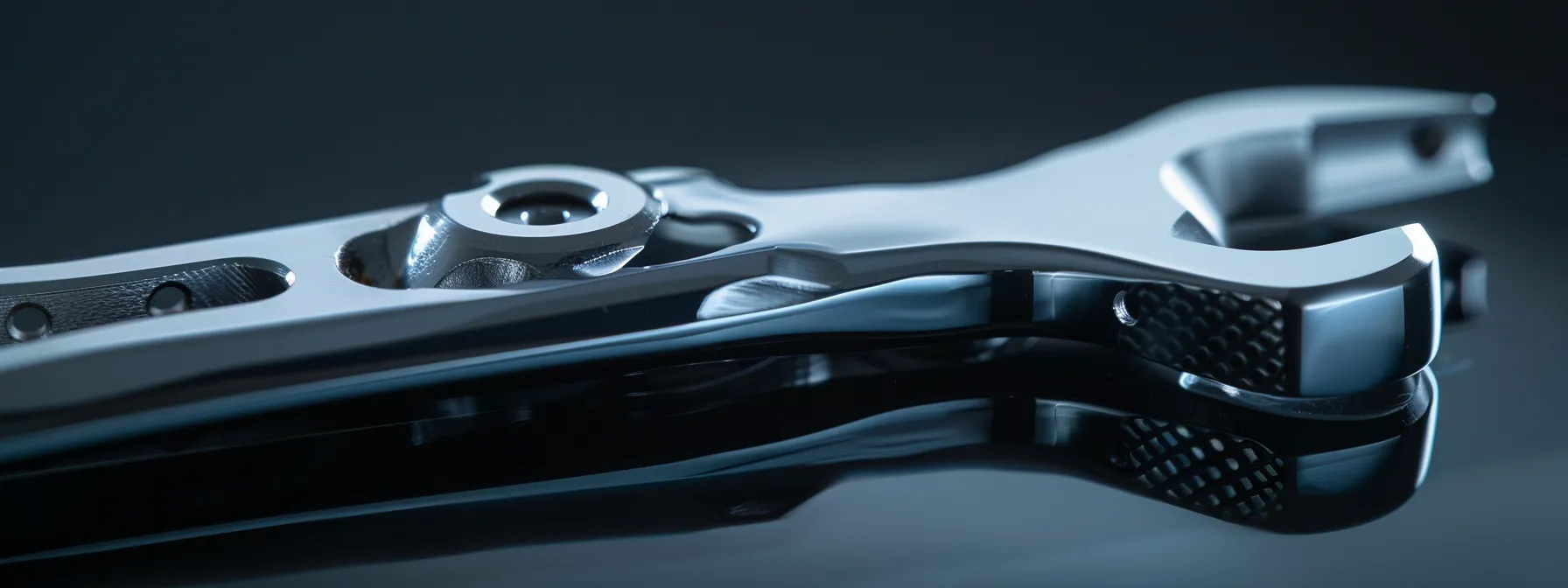
Understanding the various types of dental rongeurs is essential for effective wisdom teeth removal. Side-cutting and end-cutting rongeurs serve specific functions in addressing tooth impaction while minimizing risk. Blumenthal rongeurs feature a unique design for precision, and Friedman rongeurs offer advantages in terms of ergonomics and efficiency. Additionally, specialty rongeurs cater to complex cases, ensuring optimal outcomes during procedures involving local anesthesia and gel application. Dental rongeurs
Side-Cutting vs. End-Cutting Rongeurs
Side-cutting rongeurs and end-cutting rongeurs serve distinct roles in oral and maxillofacial surgery, each tailored for specific challenges during wisdom teeth removal. Side-cutting rongeurs are typically utilized to access areas where precision is paramount, enabling the removal of tissue or bone with minimal risk of creating a thrombus or causing excessive pain. Conversely, end-cutting rongeurs excel in breaking down denser structures, making them advantageous when irrigating the surgical site and maintaining a dental dam to enhance visibility and control throughout the procedure.
Features of Blumenthal Rongeurs
Blumenthal rongeurs are specifically designed to provide surgeons with enhanced control during wisdom teeth extraction, making them a valuable tool in oral surgery. These instruments feature a unique curette-like design that allows for precise removal of tissue while minimizing trauma to surrounding areas. Additionally, their ergonomic structure includes a retractor mechanism that helps stabilize the surgical site, improving visibility and facilitating the effective application of anesthetic, which is essential for patient comfort during the procedure:
- Enhanced control and precision during tissue removal.
- Unique curette-like design to minimize trauma.
- Ergonomic structure with a retractor for stabilization.
- Improved visibility during surgery.
- Facilitates effective application of anesthetic.
Advantages of Friedman Rongeurs
Friedman rongeurs offer several advantages that benefit both the surgeon and the patient during wisdom teeth removal. Their unique design allows for effective manipulation of the alveolar process, which helps minimize the risk of injury to surrounding tissues. This is especially important as it reduces the likelihood of excessive saliva production and bleeding during the procedure, ultimately enhancing the patient’s comfort and recovery. Additionally, the ergonomic features of Friedman rongeurs aid practitioners in maintaining control while using a syringe for irrigation, ensuring a smoother and safer extraction process.
Specialty Rongeurs for Complex Cases
Specialty rongeurs are crucial when addressing complex cases in wisdom teeth removal, particularly when dealing with complications like alveolar osteitis. These instruments allow physicians to perform precise tissue and bone manipulation, which is essential in minimizing bleeding and protecting the periodontal ligament surrounding the impacted teeth. By employing specialty rongeurs, surgeons can effectively manage the injection of anesthetics and irrigation solutions, ensuring a smoother procedure while enhancing patient safety and comfort throughout the extraction process.
The right tools can make all the difference in a procedure. Understanding how to match rongeur selection to patient needs enhances the outcome and eases the process.
Matching Rongeur Selection to Patient Needs
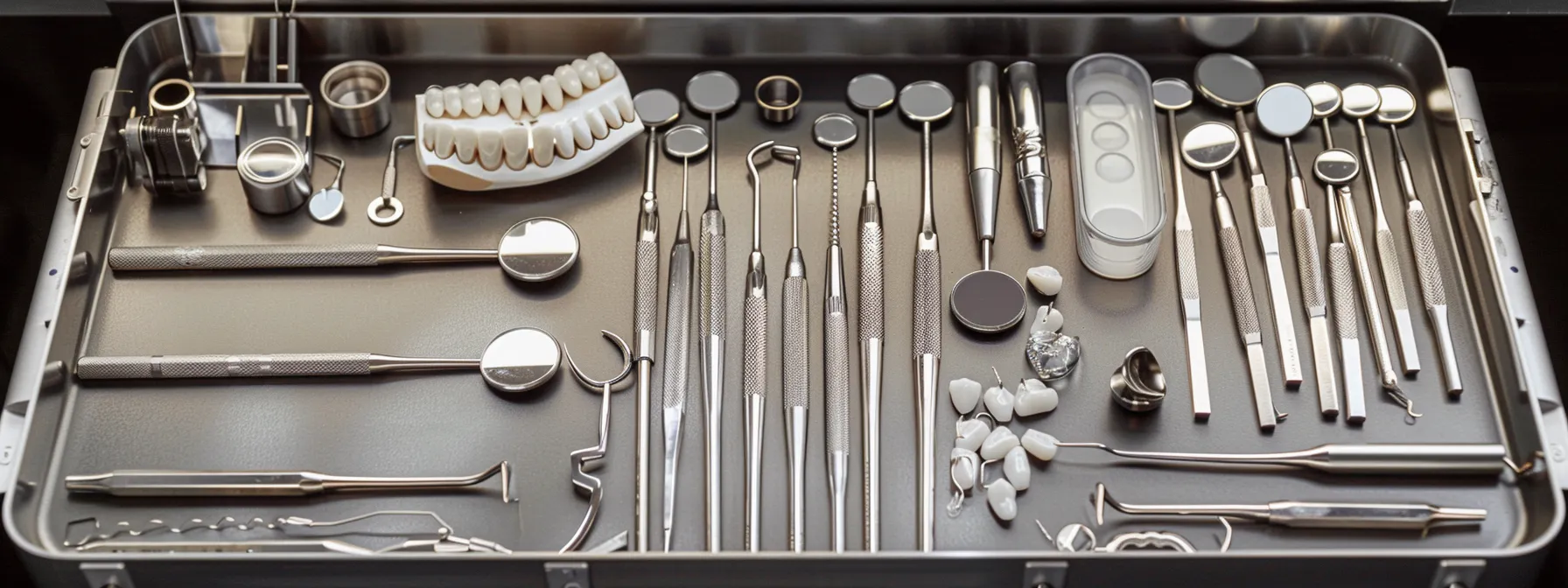
Choosing the right dental rongeurs for wisdom teeth removal requires careful consideration of patient needs. Assessing tooth position and orientation is essential, as it influences the selection of tools for upper versus lower wisdom teeth. Additionally, adapting to bone density and levels of tooth impaction can enhance the effectiveness of the procedure while maintaining hygiene and comfort under sedation. The subsequent sections will delve into these critical factors.
Assessing Tooth Position and Orientation
Assessing tooth position and orientation is essential in selecting the appropriate dental rongeurs for effective wisdom teeth removal. For instance, understanding whether the wisdom teeth are impacted or erupted can directly influence the choice between using rongeurs or forceps, especially when considering the risk of associated diseases like tooth decay. Utilizing high-quality steel rongeurs can enhance the extraction process, ensuring precise manipulation around the tooth structure and minimizing potential complications during dental extraction procedures.
Selecting Rongeurs for Upper vs. Lower Wisdom Teeth
Selecting the right bone rongeur for upper versus lower wisdom teeth extraction is critical due to the anatomical differences in these areas. Upper wisdom teeth often require rongeurs with a curved design to navigate the curvature of the maxilla, while lower teeth may benefit from a straight or angled rongeur for better access to the denser mandible. Understanding these distinctions allows dental professionals to enhance their efficiency and minimize patient discomfort during the extraction process.
Adapting to Bone Density and Tooth Impaction Levels
Adapting to bone density and levels of tooth impaction is essential in selecting the right dental rongeurs for effective wisdom teeth removal. Practitioners must assess the density of the bone surrounding the impacted tooth, as softer bone may allow for more straightforward extraction techniques, while denser bone may require instruments designed for greater force and control. By tailoring rongeur selection to these specific conditions, dental professionals can enhance the surgical process, decrease patient discomfort, and improve overall outcomes.
Knowing the right rongeur is just the beginning. Mastering its use can make all the difference in patient care.
Best Practices for Using Dental Rongeurs Effectively
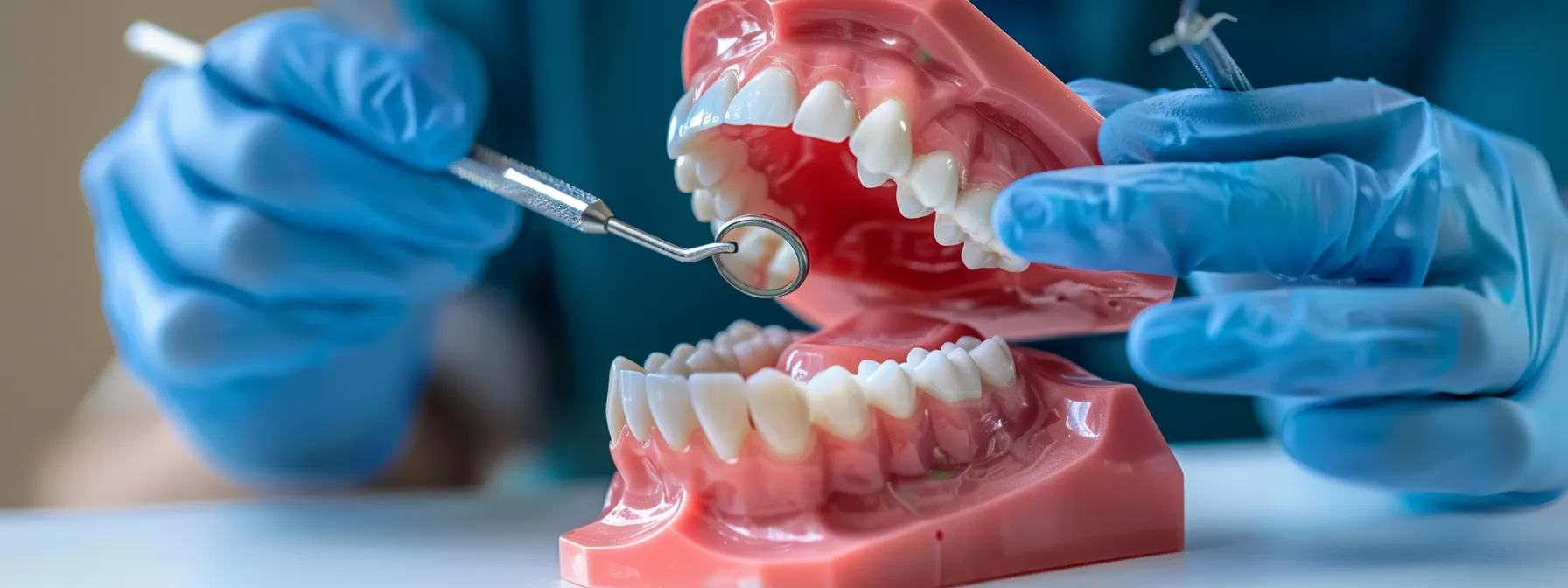
Effective use of dental rongeurs during wisdom teeth removal involves several best practices. Techniques for minimizing tissue trauma ensure patient comfort, while ensuring optimal grip and control enhances precision during extraction. Additionally, post-extraction care for surgical instruments is vital for maintaining their performance and longevity. Each of these elements plays a critical role in achieving successful surgical outcomes.
Techniques for Minimizing Tissue Trauma
Minimizing tissue trauma during wisdom teeth removal requires careful technique and the right choice of dental rongeurs. Surgeons should apply controlled pressure and use a gentle rotational motion when handling rongeurs, which allows for precise removal of bone or tissue without excessive force. Additionally, selecting rongeurs with a sharp cutting edge enhances efficiency, as they can easily slice through tissue, ultimately reducing post-operative discomfort and promoting faster healing for the patient.
Ensuring Optimal Grip and Control
Ensuring optimal grip and control when using dental rongeurs for wisdom teeth removal is crucial for effective outcomes and patient safety. Surgeons often benefit from rongeurs designed with ergonomic handles that provide a secure grip, allowing for steady manipulation in confined spaces. By focusing on instruments that facilitate improved control, dental professionals can execute precise movements, reducing the risk of unintended trauma to surrounding tissues and enhancing the overall efficiency of the extraction process.
Post-Extraction Care for Surgical Instruments
Post-extraction care for surgical instruments, including dental rongeurs, is imperative to ensure ongoing efficacy and safety during wisdom teeth removal procedures. Regular cleaning and sterilization after each use eliminate any biological contaminants, preventing infection and promoting patient safety. Additionally, routine inspections of the instruments for wear and damage can help maintain their precision and functionality, aiding dental professionals in delivering optimal care with every procedure.
Post-extraction care for surgical instruments, including dental rongeurs, is imperative to ensure ongoing efficacy and safety during wisdom teeth removal procedures. Regular cleaning and sterilization after each use eliminate any biological contaminants, preventing infection and promoting patient safety. Additionally, routine inspections of the instruments for wear and damage can help maintain their precision and functionality, aiding dental professionals in delivering optimal care with every procedure.
To wield dental rongeurs with skill, one must also consider quality. Next, the focus shifts to sourcing high-grade tools that will bolster effectiveness and durability.
Sourcing High-Quality Dental Rongeurs
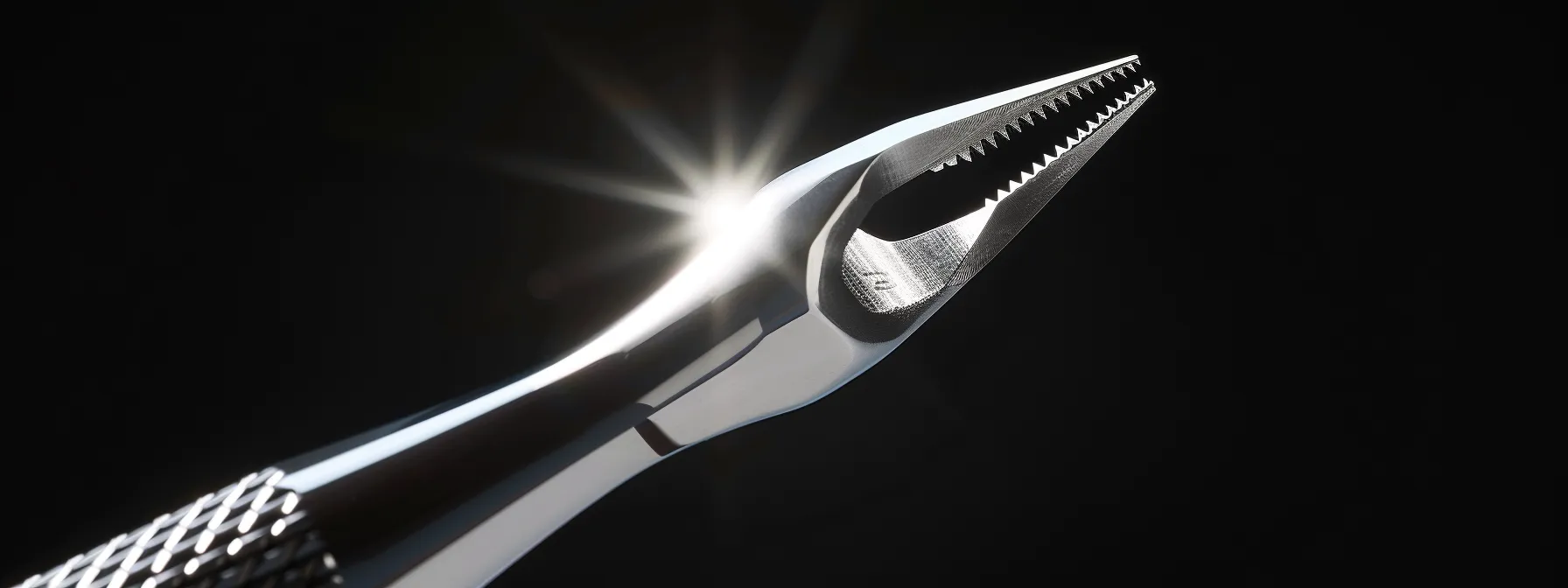
Sourcing high-quality dental rongeurs is essential for effective wisdom teeth removal. Evaluating reputable manufacturers and suppliers ensures that practitioners acquire instruments crafted for reliability and precision. Understanding warranty and support options can provide safety for investments, while balancing cost with long-term value enhances overall practice efficiency. Each of these topics will inform decision-making for optimal surgical outcomes.
Evaluating Reputable Manufacturers and Suppliers
When selecting dental rongeurs for effective wisdom teeth removal, evaluating reputable manufacturers and suppliers is crucial. Trusted brands often adhere to stringent quality standards, ensuring their instruments are durable and reliable. A thorough investigation of customer reviews and professional recommendations can guide practitioners toward sourcing high-quality rongeurs that enhance surgical efficiency and patient safety.
Understanding Warranty and Support Options
Understanding warranty and support options when sourcing dental rongeurs is crucial for ensuring long-term reliability and performance during wisdom teeth removal procedures. Practitioners should look for manufacturers that offer comprehensive warranties covering defects in materials and workmanship, which can mitigate the financial risks associated with purchasing high-quality instruments. Additionally, reliable customer support can provide guidance on instrument maintenance, enhancing the overall efficiency and effectiveness of the dental practice:
| Aspect | Details |
|---|---|
| Warranty Coverage | Covers defects in materials and workmanship |
| Customer Support | Guidance on maintenance and usage |
| Impact on Practice | Enhances efficiency and reduces financial risks |
Balancing Cost With Long-Term Value
When sourcing dental rongeurs for wisdom teeth removal, balancing cost with long-term value is crucial for dental practices. Investing in high-quality rongeurs often leads to better durability and performance, which can ultimately minimize replacement costs and enhance surgical outcomes. By prioritizing reliable brands that offer comprehensive warranties and support, practitioners ensure that their purchases remain beneficial in the long run, allowing for consistent, efficient patient care.
Conclusion
Selecting the right dental rongeurs is crucial for effective wisdom teeth removal, significantly impacting both procedure efficiency and patient safety. High-quality instruments enhance precision, control, and comfort for the surgeon, ultimately contributing to optimal patient outcomes. Careful consideration of factors such as material composition, ergonomic design, and surgical context can lead to improved recovery times and reduced complications. Investing in the appropriate rongeurs not only supports successful extractions but also fosters a better overall experience for patients and dental professionals alike.



